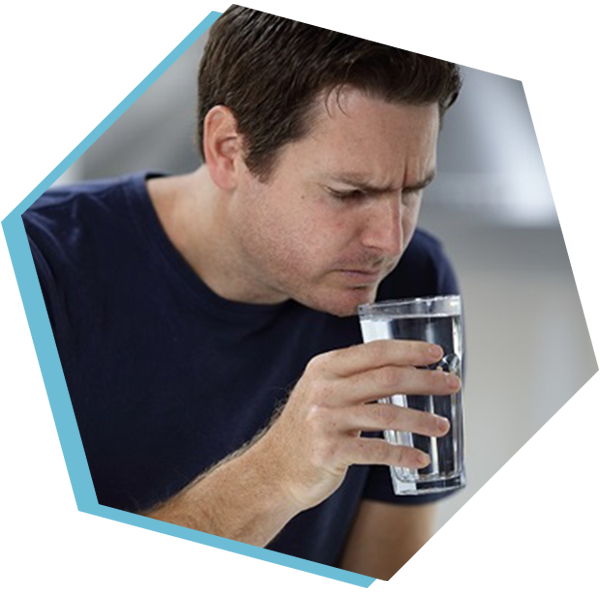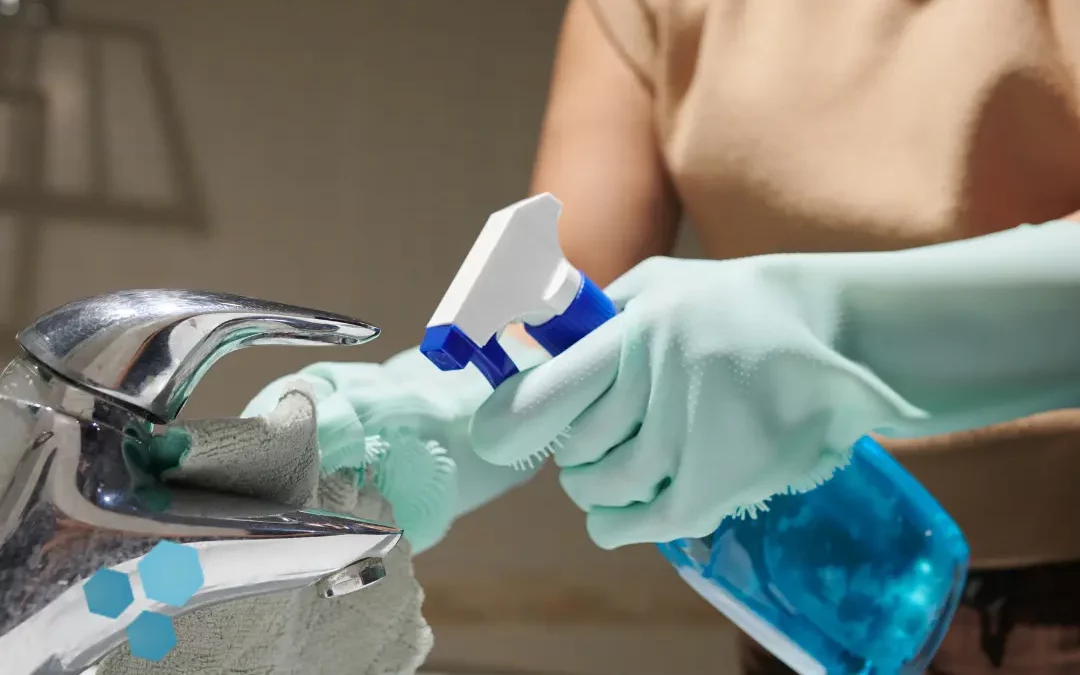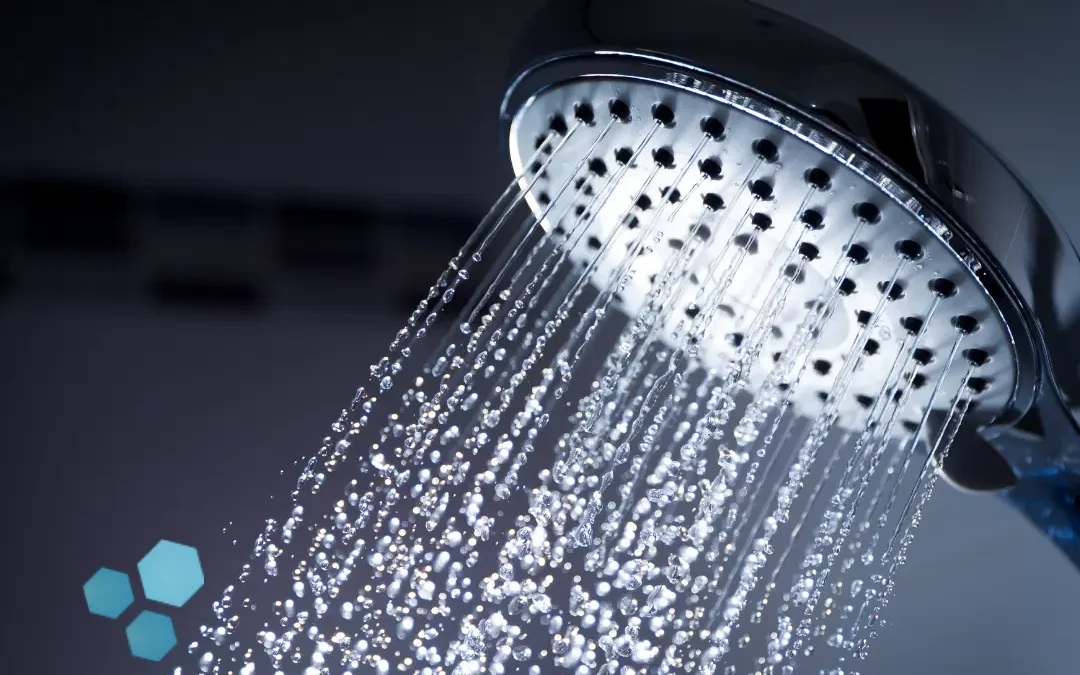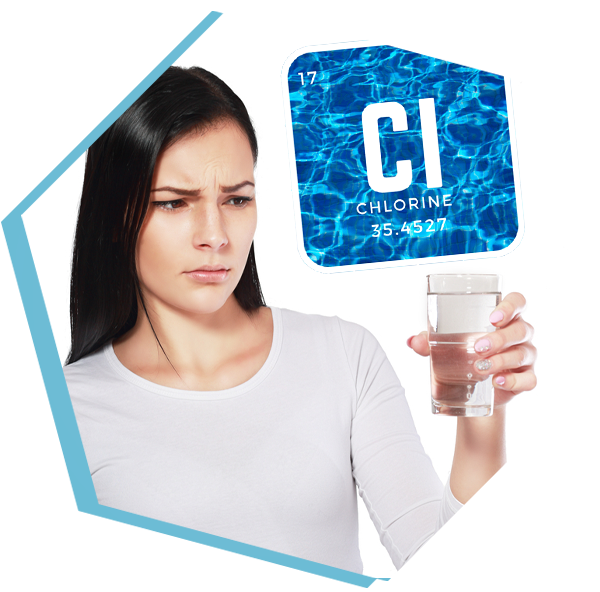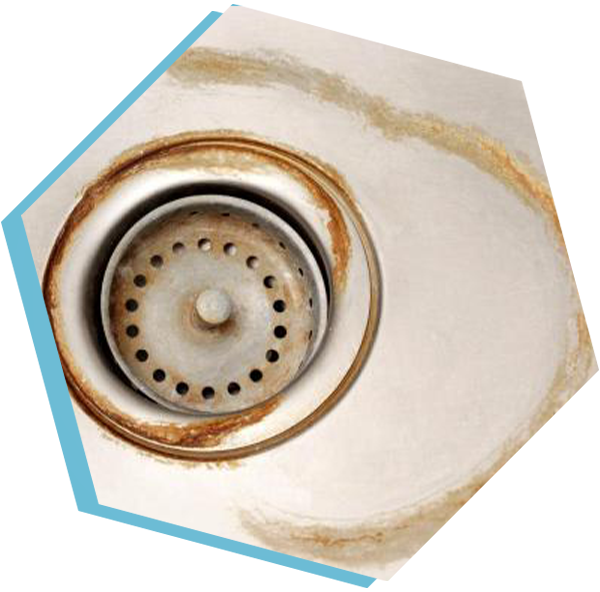A Common Question About Water Softeners
A question that comes up on a regular basis is just how much sodium does a water softener add. Modern water softeners work using a process called ion exchange. The water softener tank is constructed such that the water is passed downward through a bed of ion exchange media (called resin). When the water reaches the bottom of the ion exchange media tank it is collected in a distributor tube and piped to your house. As the water passes through the ion exchange filter media inside the softener tank the positively charged hardness atoms (calcium and magnesium) are removed by a process called ion exchange. Since the ion exchange media has a negative charge it will hold onto positively charged ions such as sodium, potassium, calcium or magnesium. In the regenerated or clean state, the ion exchange media is fully charged with either sodium ions (if regular water softener salt is used in the regeneration process) or potassium (if potassium chloride is used in the regeneration process). The most commonly used material for regenerating a water softener is ordinary salt. Ordinary salt is composed of sodium chloride. The only active part of the salt to be used in the regeneration of a water softener is the sodium. The chloride is not retained in the softener during the regeneration process and is flushed down the drain to waste.
How Softeners Work
During the passage of hard water through the regenerated ion exchange media the hardness with its positive charge will bump the sodium off of the negatively charged ion exchange media due to its greater charge potential. When it does this as sodium is bumped off the ion exchange media it is replaced by the calcium or magnesium which is now stuck to the ion exchange media. The amount of sodium that is exchanged for the hardness is easily calculated by multiplying 7.9/l of sodium for each grain of hardness removed. Below is a chart to show the amount of sodium added for different hardness levels of water. You can get the hardness reading of your hardness from the consumer confidence report sent to you by your municipal water supplier if you are served by municipal water. (If you get your water from your own private well our service technicians can provide a hardness reading of your well water for you.) That material is almost always available on your water purveyor’s website. Note: Most consumer confidence reports show hardness expressed in milligrams per liter. To convert mg/l to grains per gallon simply divide the hardness as expressed in milligrams per liter by 17.1 to get the grains of hardness. For example: If a water hardness is expressed as 171 milligrams per liter then divide that number by 17.1. 171/17.1= 10. So 171 milligrams per liter of hardness is equal to 10 grains per gallon of hardness.
| Hardness in grains per gallon | Added sodium per liter of water |
Added sodium per 8 ounce glass of water (4.2, 8oz glasses per liter) |
Sodium equivalent of Ounces of 2% milk to 1 liter of softened water Note: different fat content milk has different sodium levels Based on milk with 150 mg/l |
| 5 | 39.5 | 9.4 | ½ ounce of milk equivalent = 1 liter of soft water |
| 10 | 79 | 18.81 | 1 ounce of milk equivalent =1 liter of soft water |
| 15 | 118.5 | 28.21 | 1 ½ ounce of milk equivalent =1 liter of soft water |
| 20 | 158 | 37.62 | 2 ounce of milk equivalent =1 liter of soft water |
| 25 | 197.5 | 47.02 | 2.5 ounce of milk equivalent =1 liter of soft water |
| 30 | 237 | 56.43 | 3 ounces of milk equivalent=1 liter of soft water |
| 35 | 276.5 | 65.83 | 3.5 ounces of milk equivalent=1 liter of soft water |
Looking at the chart above you can see that if your water is 10 grains hard the amount of sodium added per liter of water by the water softener would be equivalent to 1 ounce of 2% milk. Most 2% milk has 150 milligrams of sodium per 8 ounce glass. Some milk brands will have slightly less or slightly more sodium per 8 ounce glass. You can look at the back of your milk carton to see exactly how much sodium that brand has. So you can see that although a water softener does add sodium to the water the amount is low when compared to many foods in your refrigerator. Most municipal water hardness on the Central Coast range from 10 grains per gallon of hardness to 20 grains. A few have wells with water hardness up to 25 grains. So even with the hardest municipal waters with hardness levels of 25 grains your softener would only add the equivalent of 2.5 ounces of 2% milk. If you are on doctors’ orders to reduce your sodium you have many options to eliminate sodium from your diet while still enjoying the benefits of soft water. One can simply operate your existing water softener using potassium chloride. This will eliminate sodium from the softened water. It will add similar amounts of potassium. But potassium is found in most vegetables. Carrots are one example of plants that have much more potassium than you would ever get in softened water with a water softener operated on potassium. Another option is to have your plumber run a hard water line to the kitchen cold water supply. This will provide hard water to the kitchen cold while the rest of the house is serviced by the water softener. Remember that your dishwasher is generally serviced by the hot water only so you will still have soft water to wash your dishes with in that instance. Finally you can install a reverse osmosis drinking water system that will provide extremely high quality low sodium water for all your drinking and cooking purposes.



